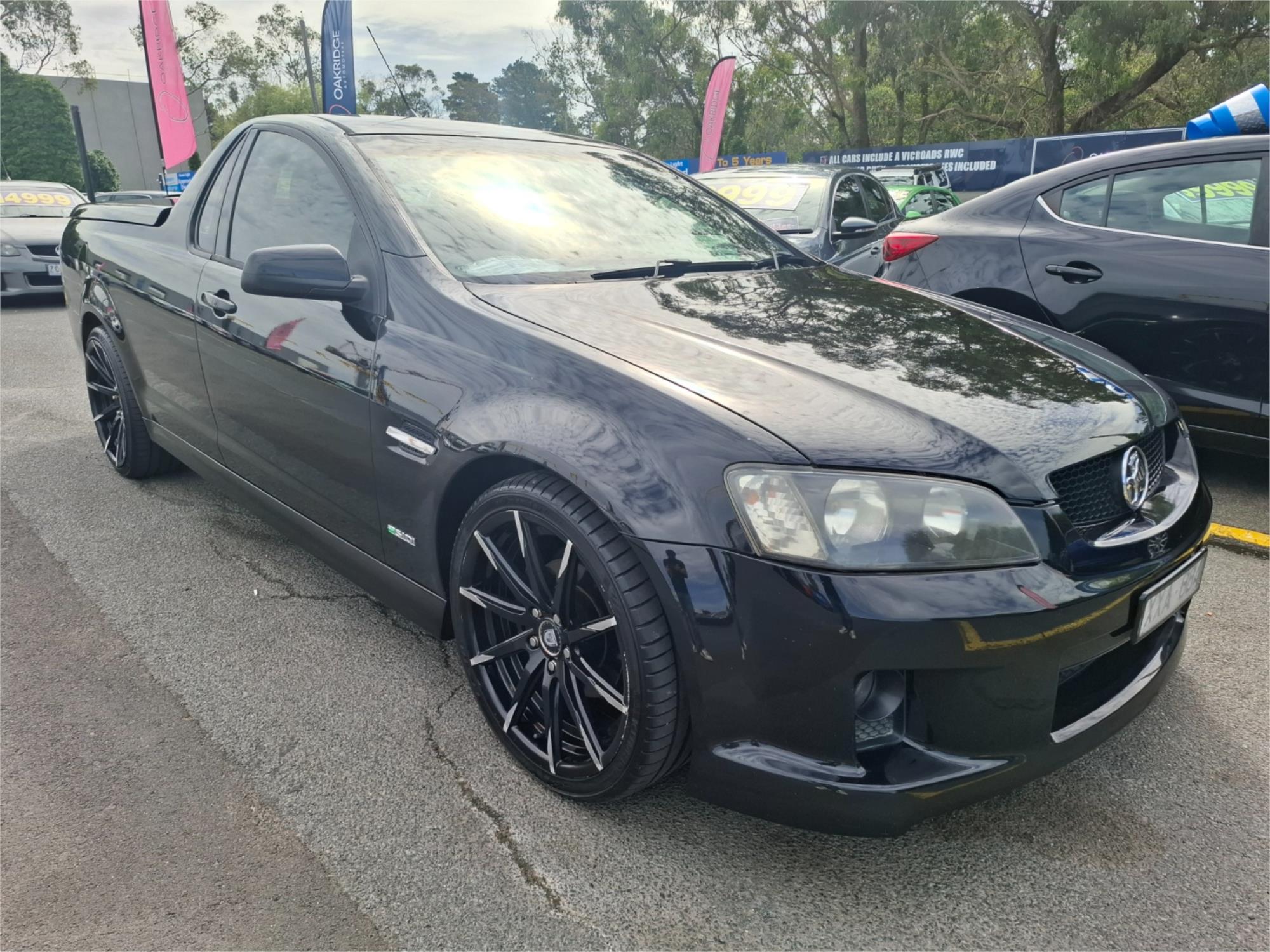MAZDA Hakaze concept
Mazda Hakaze combines the best attributes of three traditional types of cars. Part of its roof is removable, which gives a feel similar to a roadster. It is agile like a compact hatchback, and has the functionality of a compact SUV.
Hakaze expresses "flow" on the outside with sand dune like surface indents, and combines these with shapes from machines that move through water or air. Mazda Hakaze was designed at Mazda's European Design Centre near Frankfurt, Germany.
While the Hakaze design concept is a look into a possible future compact crossover vehicle from Mazda, it is nonetheless a concept rooted in reality. Mazda's research identified an increasing popularity for vehicles that meet the demands of active, adventurous lifestyles.
The modernistic body work with no door handles and no mirrors - exterior cameras replace these, compact proportions, flowing major feature lines and side textures create a muscular and taut look. Mazda Hakaze has no B-pillar either and the rear two-thirds of the glass roof can be taken off in two parts and stored in a slide-out compartment in the rear bumper, and lowering the car's four frameless windows then converts the concept into a four-seat coupe. The interior design, and especially the instrument panel, is asymmetrical with a strong focus on the driver. The wrap around cockpit features a long steering unit that gives a feeling of sportiness and depth. It has orange-lit meters on each side of the steering wheel - speedometer and tachometer - and in the centre of the steering column is an LCD screen which displays navigation information and images from the car's rear view and side cameras and warning indicators - all of which give an enhanced feeling of control to the driver. The centre of the steering wheel is fixed, only the rim and lower arm can rotate.
All of Mazda Hakaze's seats are mounted on the centre tunnel and are electrically adjustable, sliding fore and aft.












